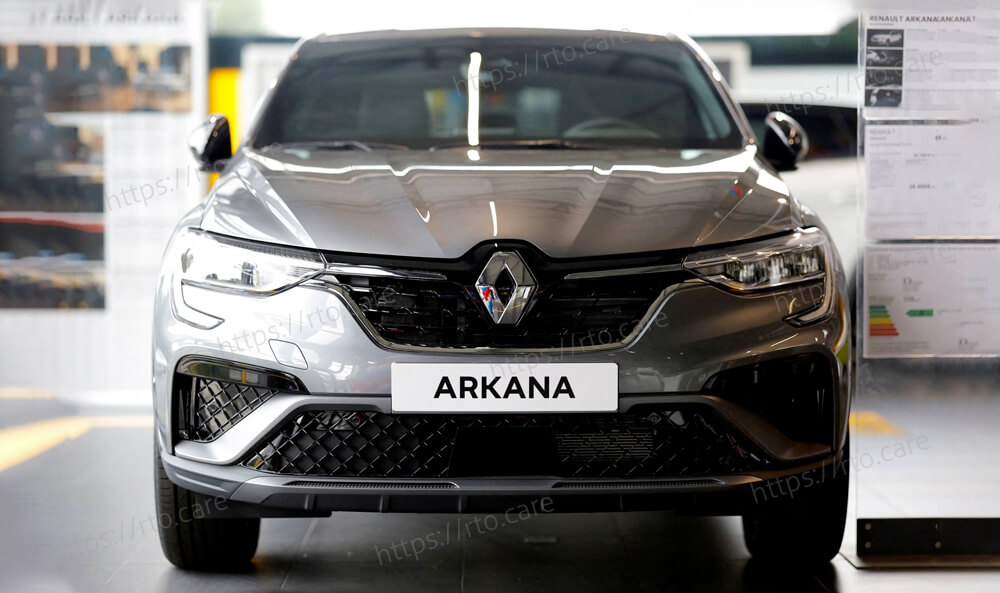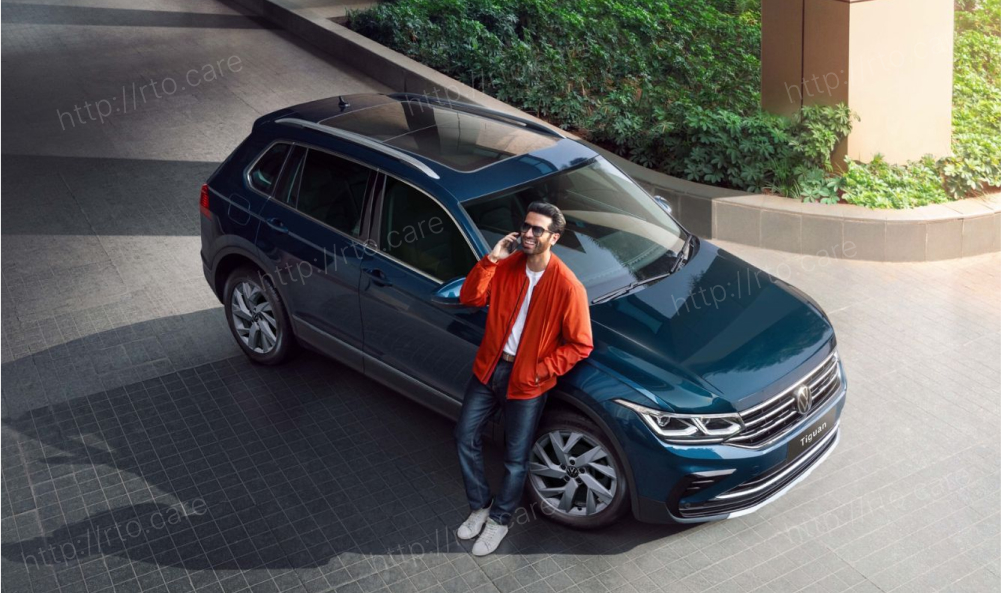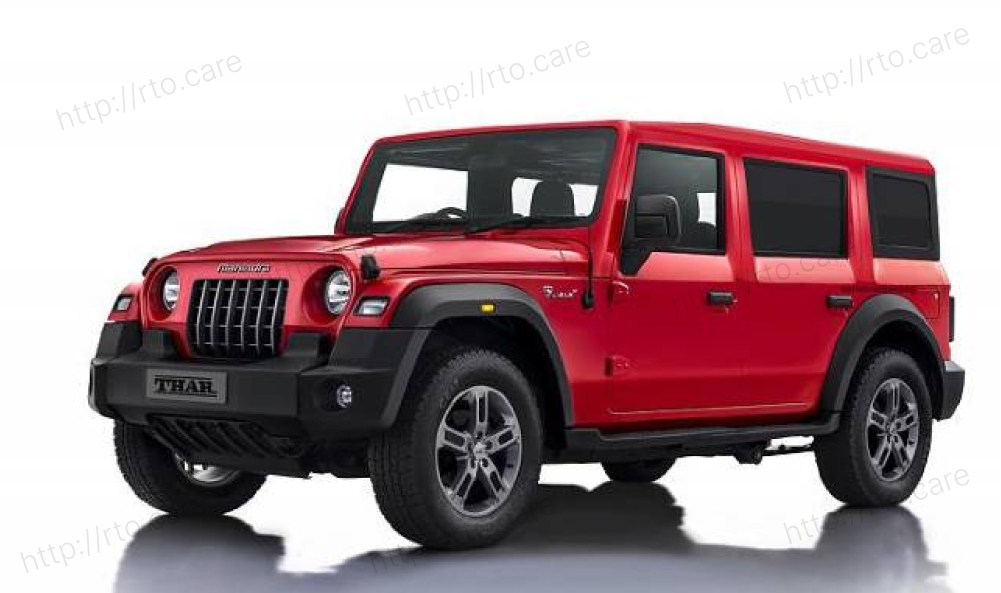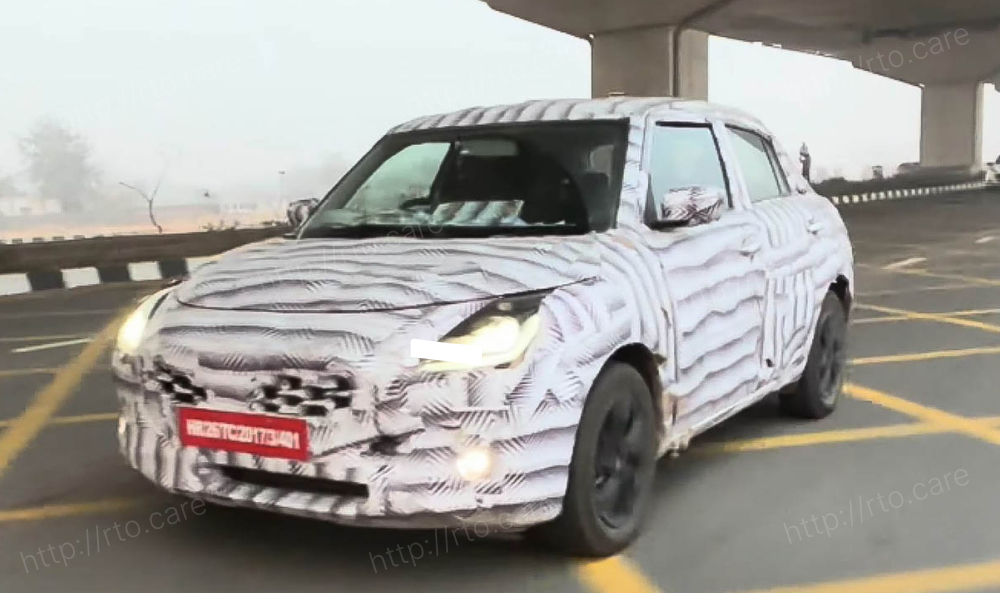Emilie Malherbe had no trouble selecting the colour of her brand-new Renault Arkana SUV because there were only three options: black, pearl-white, and grey. She and her husband quickly decided on grey because the most important thing was getting the car delivered as soon as possible. We heard on the news that we might have to wait six to eight months to get a new car, said Malherbe, 41, of the Calvados region in northern France. When I was told 30 days, I smiled. But I received it in 15 days, which was fantastic.
Faced with a global shortage of semiconductor chips and other supply-chain disruptions, European automakers are offering trimmed-down car options so customers can get a new car before the summer vacation season ends. This represents a significant shift for an industry that has relied heavily on customization, which complicates manufacturing processes and reduces profit. Instead, traditional automakers are following Tesla, whose no-frills approach to car options has helped boost profit. Consumers have few options if they want a fast car. Renault's Fast track offer on the Arkana, which is already being delivered in France, guarantees a new car in as little as 30 days, compared to a five-month wait on average.
The cars are only available in three colours, rather than the usual six. Only one trim level (RS Line) is available, and there is only one engine option. In June, fast-track orders accounted for half of all Arkana new car registrations in France. According to Renault, if any buyers request additional options, delivery is not guaranteed.
Increasing trend
According to a source close to Renault, the automaker expects these simplified offers to spread throughout the industry because supply-chain issues will not be resolved anytime soon. According to the source, it sends the message that reducing commercial and technical diversity is compatible with good business. For years, traditional automakers have argued that the ability to customise colour, trim, and accessories – as well as remotely monitor the vehicle's progress as it is built – is critical to the sales pitch. However, according to a 2020 analysis by automotive consultant J.D. Power, 98 percent of model combinations sell fewer than 50 units each and account for only 25 percent of total sales.
The remaining 2% of combinations account for three-quarters of total sales. This is a far cry from Henry Ford's Model T mantra of any colour as long as it is black in order for the production line to focus on efficiency and quality. In 1903, Henry Ford established Ford Motor Company.
Industry paradoox
Some major automakers have talked about the need to return to fewer options on a regular basis, but have struggled to follow through. According to J.D. Power analyst Doug Betts, large light-duty pickup trucks in the United States come in 70,000 different configurations. The industry has charged up this hill numerous times, Betts explained. It's just never been clear how to deal with the issue. The fear is that if you don't have data on which versions to drop, you might lose sales, he added.
Supply issues, as well as the need to simplify industrial processes in order to meet the high cost of electrification, may have changed that. On the one hand, the automotive industry wants to produce on demand rather than 'pushing metal,' but reduced product diversity makes it easier for customers to find the models they want in stock, said S&P Global Mobility analyst Denis Schemoul. Diversity reduction benefits everyone, he added. And everyone, including the Germans, will follow.
Due to component shortages, Volkswagen Group reduced options for its electric ID3, which is now available in Europe in a single version, in February to shorten delivery times. The Volkswagen brand's priority is indeed to provide an offer that can be delivered to its customers as soon as possible despite restrictions related to semiconductor shortages, VW said in a statement.
Choice overload
Renault's low-cost brand Dacia's slimmed-down Up & Go offer focuses on engines and trim lines rather than colour options. By directing customers to two engines and a single finish, there is no longer an embarrassment of choice... and as a result, from an industrial standpoint, it is much easier to programme, to schedule, said Dimitri Manoussis, director of Dacia logistics and distribution. The programme reduces delivery times by 40 days. Dacia claims that Up & Go, which is available in only 14 configurations, accounts for 30% of Duster SUV sales in France, while 400 configurations account for the remaining 70%.
Dacia's second-best-selling vehicle is the Duster. The programme also features the Sandero Stepway small hatchback and Jogger compact crossover, both of which are equipped with popular options. The Up & Go version of the Jogger, which was released this year, was available in 30 days, compared to at least four months for personalised orders, according to Dacia executives. We make a lot of things more fluid if we reduce product diversity, Manoussis said. Dacia will roll out Up & Go across its entire lineup by the end of the year, with Belgium, Morocco, and Portugal following suit by the end of the year, followed by the United Kingdom.
Renault's Ready to Go programme is also beneficial to the automaker's margins, as the simplified fast track Arkana starts at 38,630 euros, which is comparable to the model's top trim, the RS Line. Going for a simpler option was the only way for customers like Emilie Malherbe, who originally wanted a fully loaded RS Line, to get a car in time for summer. More simplification is on the way. Stellantis has reduced the entry-level version of its new Peugeot 408 to two trim levels. The new 408 focuses on the most requested trim levels, said Jérôme Micheron, Peugeot product director. This will make the customer journey easier. When there aren't too many options, it's easier and faster to configure your car on our website.










